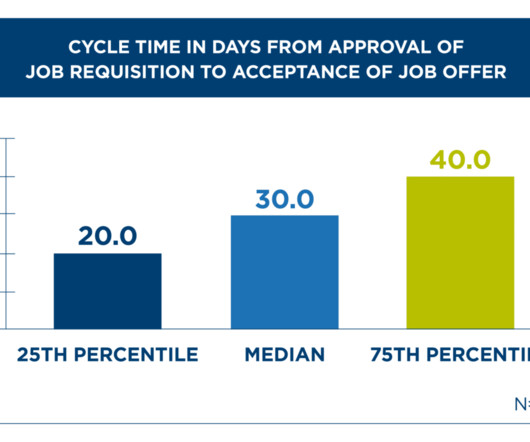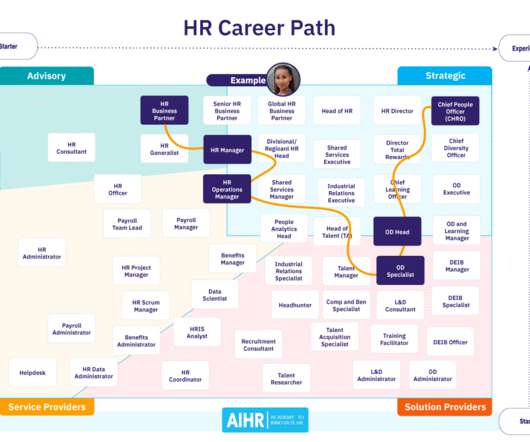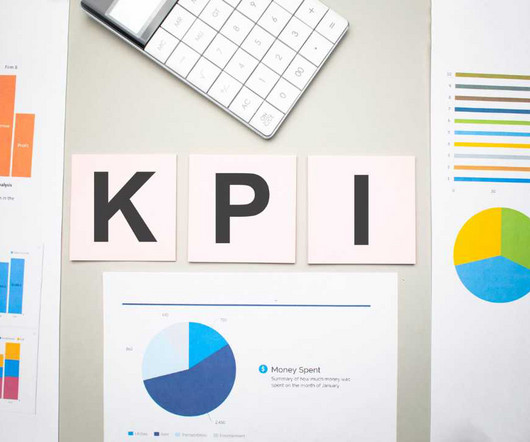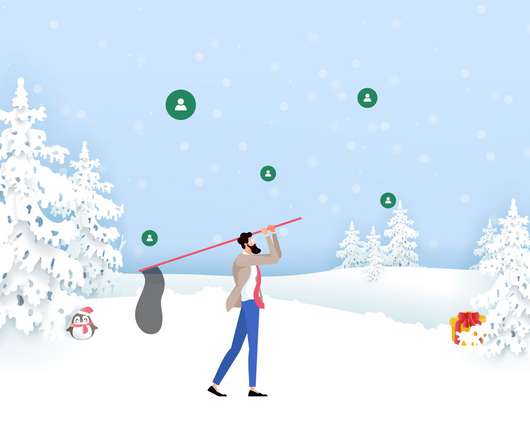5 Best Practice Tips for Reducing Time-to-Hire
PeopleStrategy
NOVEMBER 5, 2022
Time-to-hire is a metric that measures how quickly a company can select and hire a job candidate. It’s calculated by totaling the number of days that pass between the candidate applying for the role and getting hired as an employee. Career website Zippia found that the average time-to-hire in 2021 was 42 days.























































Let's personalize your content